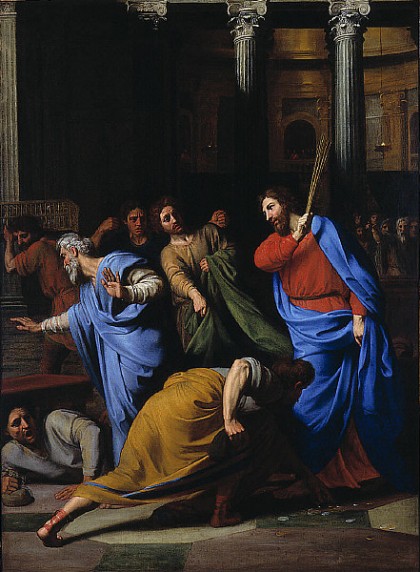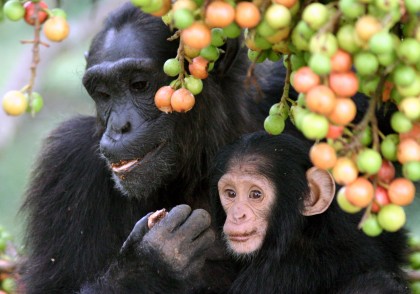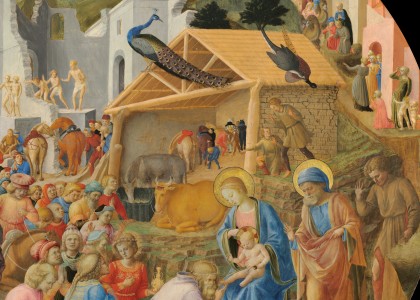About That Vatican Light Show
Devra Torres | Dec 14, 2015
I don't like the idea of making St. Peter's basilica a backdrop for a light show any more than you do. Ed Peters' remark on Facebook captures it for me: "Our Father's house is a house of prayer. They have turned it into a movie screen."

I don't think it constitutes blasphemy, exactly, and I wouldn't go so far as my friend, Patrick, who was reminded of Matthew 24:15-16 ("When ye therefore shall see the abomination of desolation...stand in the holy place..."). Nor does the charge of "defacement" stick, quite, since no permanent marks were made. But the spectacle did seem to overshadow both the Immaculate Conception and the Year of Mercy, and it sent a confusing message about Church collaboration with anti-human, World-Bank-style environmentalism.
I have a long history of affectionately defending this Papa against all comers, and this time even I think the spectacle, however well-intentioned, was ill-advised. But whatever you think of the light show, there's a much larger question, a giant pitfall to avoid, that ought to be addressed.
How can you tell if you're a victim of this pitfall? If you look at images of God's creation--the butterflies, the rain forests, and yes, even monkeys--

and you see nothing but red flags, nothing but symbols for population control--then you might be in trouble. Or if you look with suspicion on any reality that's not overtly religious--then you might be letting the culture war blind you to a lot of goodness, truth, and beauty.
(Of course, for St. Peter's to stick to "overtly religious" messages would be natural and expected. One thing that was jarring about the light show was the lack of any specifically Catholic symbol, unless you count the imagery of the doves and the peacock.)

But the red-flag-centered mindset concedes to Christianity's opponents something it shouldn't. It makes us seem narrow--as if only pointedly religious art, or speech, or writing "count." For no good reason, it leads us to neglect the commonsense point that, after all, it was God Himself who dreamed up and chose to bestow reality upon all these "non-religious" realities. It's kind of silly to act as if their goodness and beauty--and their comic aspects, too--are none of His doing. If He went to the trouble, so to speak, of creating seahorses and glaciers and everything in between,
 there's no reason for us to treat nature as if it were the intellectual property of leftist politicians.
there's no reason for us to treat nature as if it were the intellectual property of leftist politicians.
When I was little, I learned parody versions of a lot of songs before I ever heard the originals. Often enough, I didn't even know there were originals. "On top of Old Smokey" became "On top of spaghetti"; "jingle bells," "Santa smells"--just fairly harmless mockery of something innocent or sentimental. Maybe it was just part and parcel of being a seventies child.
Later, we became Catholics--traditional Catholics in a silly-season, modernist kind of parish, and I learned to detect red-flag words: dialogue, tolerance, ecumenism, inclusiveness. I could spot a buzzword quicker than most. But along the way I learned to despise, or at least laugh at, people who cared about trees and animals, authentic ecumenism, and true open-mindedness.
I wasn't just identifying and rejecting the counterfeit: I was letting it spoil and poison the real thing. I would approach political or religious writings as exercises in spotting clues about where the author stood on hot-button issues, forgetting to take in the content at all. I was stuck at the level of parody, like the kid who not only doesn't know the original words of the song; he doesn't know he doesn't know.
So we can agree that not everything belongs on the facade of the papal basilica. But we don't need to let our political opponents, or our own fixation on the parody, lead us to miss out on the real thing.
Otherwise the mockers have the last word--not because we fall for their propaganda, but because we've turned our own eyes away from creation.![]()
